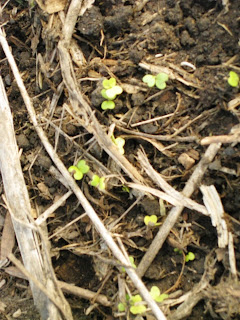One of my little indulgences each year is to make a seed order from Sarah Raven's catalogue. I can never resist as it is such a beautiful production.

Some of the seeds may be a little more expensive than elsewhere....but then some are cheaper so I think it probably evens out. Anyhow, it is a treat. Last year I failed to grow any flowers for cutting at the allotments....I've previously grown quite a lot. I realised this was a mistake. I love vases of flowers around the place...but don't want to buy flowers that have required chemicals in their production, not to mention the cost of transporting them. So I grow my own, and I get the added bonus of them attracting beneficial insects...something my allotment neighbours are beginning to notice.
My order this year is for -
Red Russian Kale (my favourite kale, yes I know its not a flower, but it is gorgeous!)
* Climbing Nasturtium Alaska
* Ammi Visgna white
* Greater Quaking Grass
* Larkspur Dark Blue
* Lupin Sunrise
* Cosmos Antiquity
* Didiscus Blue Lace
* Pennisetum Villosum
and most excitingly for me - two green manure/companian plants -
* Yellow Trefoil and Phacelia.

I've recently read about growing the Trefoil around Courgette Plants so I must try that, to encourage pollinators and nitrogen production.















